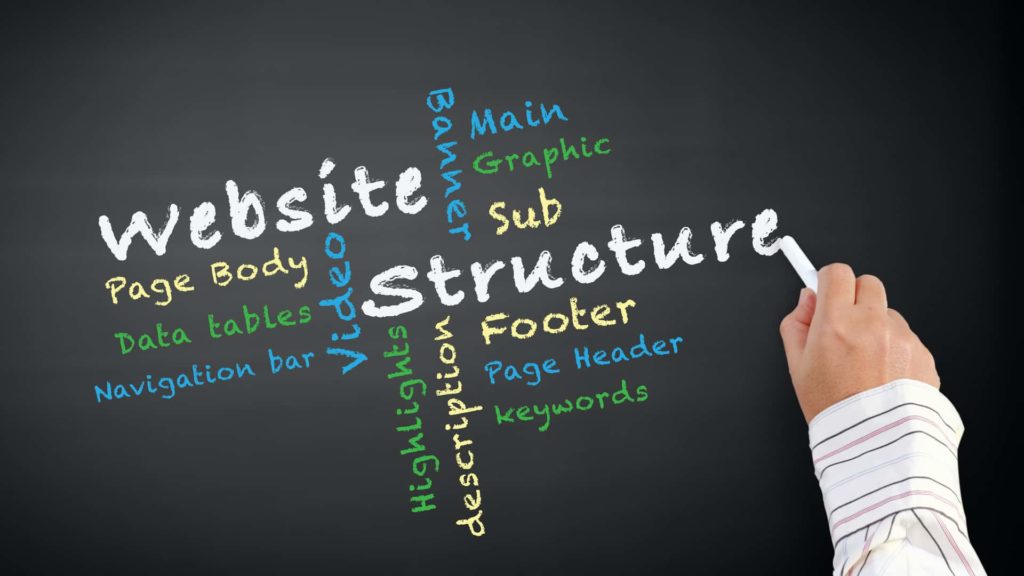Importance of site structure and internal linking for SEO
Site structure and internal linking are pivots for any SEO strategy. No matter how long you have been working for the search engine optimization, you would have, by now, heard about the significance of the site structure for organic search performance.
What Is Site Structure?
If we simplify, site structure is simply the act of organizing a website. Now the question may arise: Why do we need structuring of a site?
Site structuring is done to create a website that is easily The goal of this organization is to create a site that is easily navigable by visitors of the website. Moreover, a better-structured site has a better chance of getting ranked as search engines can acknowledge the linkages between different pages in a better way. If a site is structured carefully, it may achieve search excellence and boost the SEO game of the website.
What are Internal Links?
An internal link of a website is any link from one page of the website to another page on your website. These links are used by visitors as well as google to find interlinkages in the contents of the website.
The internal links may vary from links on the home page, menu bar and post feeds. Besides, links can also be added within the content of the website. These links are named as contextual links. The contextual links point to related and engaging links for the visitors of the website. Moreover, these links allow search engines to find out the related content on the site and also to determine the value of that content. The more linkages an important page receives, the more important it will seem to search engines. Therefore, quality internal links are important for the website’s SEO.
Importance of Site Structure and internal links
-
Great user experience
If a user can navigate smoothly on the website finding his solution on the website as expected, it means the site may be organized well. Apart from the fonts, graphics, images that are used, a good site means a highly organized website.
For the search engines, fonts and other things do not matter. It crawls looking at the site structure and helps rank the site better than its competitors if the website is properly structured. Also, such sites have usually low bounce rates and make its user stick to the content of the website thus improving the dwell time; all of these aspects helping the website improve its rankings.
-
Relations between content on the website
Google uses its bot, Google Bot, to crawl the website by following links- internal and external. This bot arrives at the website’s homepage, starts to check the content of the page and digs deep into the website through interlinkages available on the page. Through these links which are interlinked on different pages, Google works out the relationship between the various pages, post feeds and other content. This way Google can extract pages on the site that cover a similar subject matter.
-
Link Values of the webpages
Apart from understanding the relationship between different contents, Google divides link value between all links on a web page. The homepage of a website, normally, has the greatest link value because it has the most backlinks. That link value is shared between all the links found on that homepage. The link value passed to the following page will be divided between the links on that page, and will continue in the same manner.
This means that the newest blog post of the website will get more link value if you link to them from the homepage, instead of linking it only on the category page. And Google will find new posts quicker if they are linked to the homepage.
As you understand that links pass their link value on, you will understand that more links to a post mean more value. This will further enhance the chance of ranking for that page.
-
Finding new content
If a site is not structured and lacks interlinkages, google may not find the content quickly, or may not find it ever. Search engines get to know about new content by crawling the website. However, if you do not link it internally, google and other search engines may struggle to find and index the content.
It is for this reason that interlinking becomes important as it makes it easy for Google to identify the new content of the website. To give you an example, you may go to an old post of the website which is already indexed and often visited by search engines and link it internally with the latest blog post of the website.
Lowers bounce rate of the website
Bounce rate is the percentage of visitors who landed on your website and left it without having any further interaction on the website. In other words, they came, they scrolled quickly through your content and left because they didn’t find what they were looking for. As a result, they did not look at another page of the website and left.
With more internal linking and better site structure, the website’s visitor gets to visit more relevant pages thus increasing dwell time on the website which reduces the bounce rate.
-
Keep readers on the website for longer
In addition to an improved bounce rate and increased page views, internal links are also a great way to keep readers on your site for longer. This will help you improve multiple site metrics on Google Analytics, such as Average Session Duration, page views, average time spent on page and Bounce Rate.
The more time readers spend on your website, the better it is for a website’s health. For a website owner, this provides not only improved metrics but also increased user engagement showing people are enjoying more on the website.
Conclusion
A website’s structure is important for the website’s SEO game. Without a strong website structure, the rest of SEO efforts will have very less impact on the growth of the website. Therefore, building a stronger foundation is a must to establish a well-planned structure for your site.
Also, it is important to use internal linking strategy in the best possible manner to keep the readers interested and engaged in the long term.
Contact Us To Get FREE Website & Digital Marketing Consultation Today!







